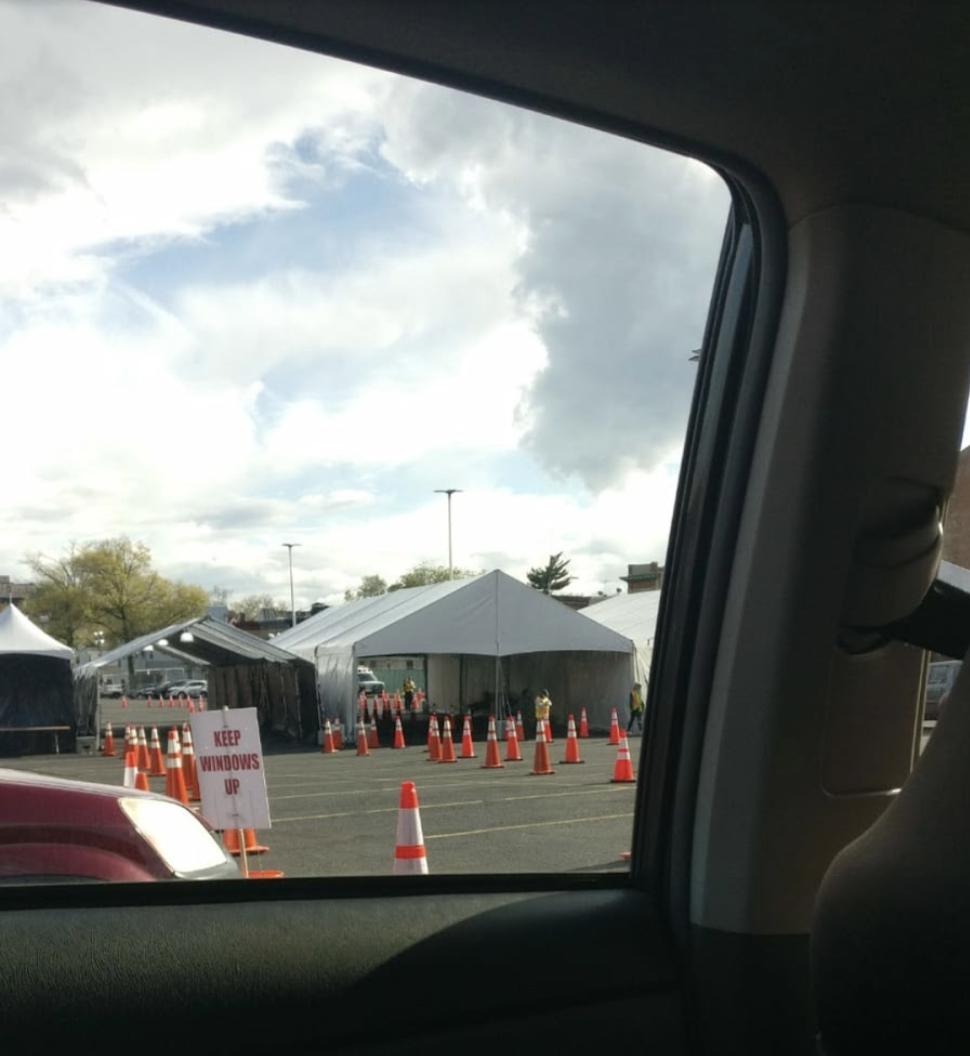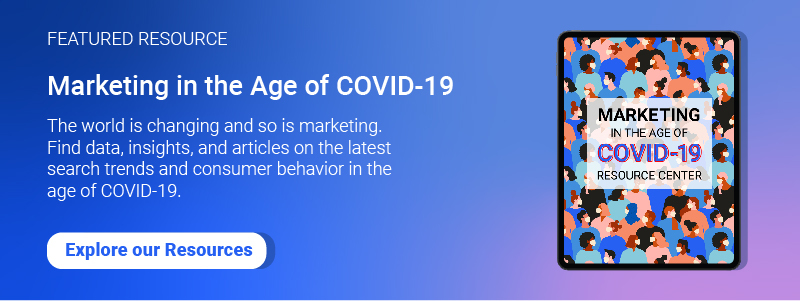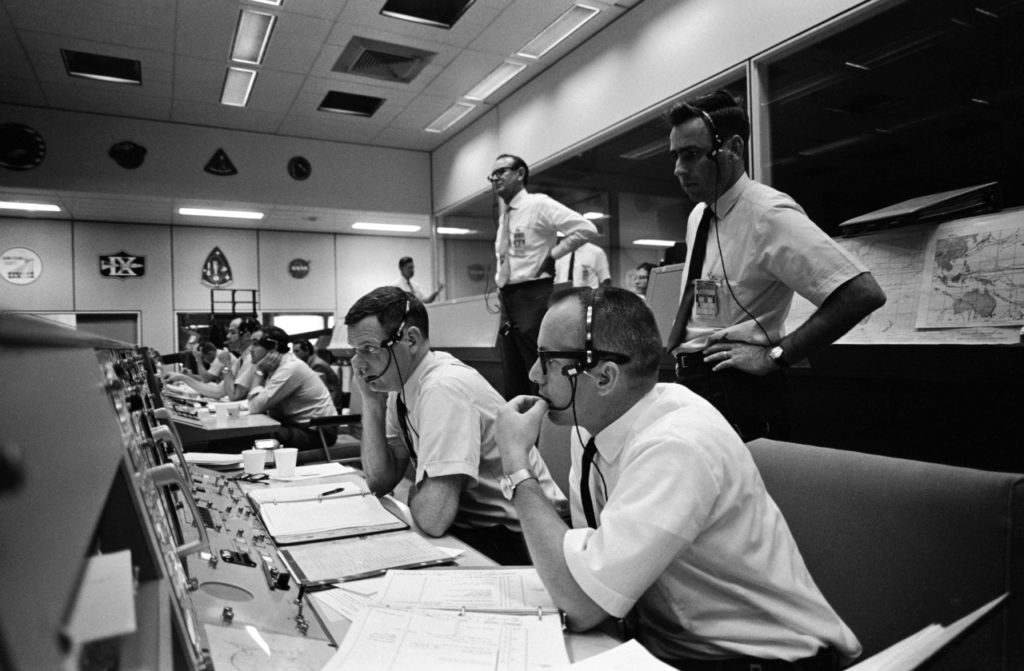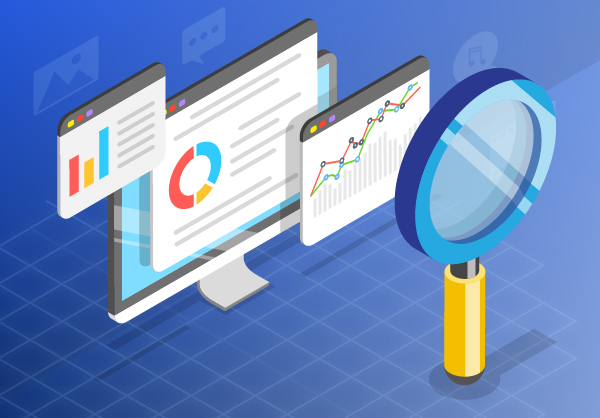“Fun” Disclaimer
Before I go into my story on what transpired in my personal and professional life, I want to make sure it is seen as a little glimpse into what happened. I’m in no way trying to use this article as a guide for what to do during the COVID-19 pandemic for your business or how to behave if you get sick. Every case is different and I’m not a medical professional so what worked for me and iPullRank may be completely wrong for your situation. Additionally, I want to preemptively dispel any misconceptions about why I decided to write this post. The topic of this blog entry was entirely my idea and any praise I give to my coworkers should be seen as genuine appreciation rather than a mandated request from superiors in an effort to create more COVID-19 content.
TL;DR
- I contracted COVID-19 despite adhering to social distancing and isolation guidelines
- Project deadlines were within a few days and could not be moved
- Company founder, Mike King, took on the tasks I could not complete due to illness
- Lessons learned on accounting for unexpected sickness and having a contingency plan in the event that occurs
Now that that’s out of the way, let me tell you a little tale…
Coronavirus: The Early Days
To say I was worried about COVID-19 (still just Coronavirus back then) would be an understatement. With coworkers, a girlfriend, and a sister-in-law who moved from China to New York in the past decade, their insight helped me see the writing on the wall while others were still winding down from their holiday vacations and coming back into offices. Like-minded individuals who carefully monitored the developments in Wuhan were bracing themselves for U.S. impact. Some hypothesized that cities with high Chinese populations would be hit the hardest. Others just assumed that metropolitan areas with high inbound travel would become the US epicenters. But as we eventually saw, tracing the spread of the virus to the source made little difference when you combined a highly contagious virus with political attempts to avoid mass panic. By the time we all warmed up to the idea of this being a global problem, the pandemic made rounds through Europe and was already infecting us before we even knew what symptoms to look for.
With every week, I was growing more anxious on my daily commute to work. Traveling between a part of NYC densely populated by Chinese immigrants and Times Square every day was a glance into the future as surgical masks began appearing more and more on trains. News traveled from relatives who saw the virus rip through their community first hand to their American counterparts and panic set into the Chinese-American neighborhoods that saw the news their former government was trying to suppress. Padding the numbers in favor of making the crisis look as manageable as possible worked to ease the minds of those watching around the world, but it was not as effective on people watching (and sharing) viral videos of hospital footage. Even knowing the danger of the virus early on, I could not fathom the fear my girlfriend was in after receiving continuous communication from her parents on how COVID-19 is affecting her hometown. Even given all the facts and knowing the inevitable outcome, the crisis still felt like a distant overseas phenomenon.
Bracing for Impact
After making it a habit to use each of my company’s internal meeting’s Q&A section to raise awareness for the imminent threat, iPullRank pulled the trigger on implementing a company-wide work from home mandate. It was already March 11 and the virus was on our doorstep, but to many it still felt like an ambiguous concept that pertained to a handful of unlucky Americans in Seattle and New Rochelle. At home, I could control a lot more factors that could lead to exposure, but everything was just a game of mitigating the danger that inherently would always exist. Still I had to do my best to do my part in “flattening the curve” which seemed to be the primary objective for the city strapped for hospital beds, personal protective equipment, and most importantly–ventilators.
Taking into consideration that most would not exercise any caution this early, I tried to do my best to avoid the outdoors when not going for a run or to stock up on groceries. Hand washing became a religious practice in my house and no amount of hand cream could save my knuckles from the effects of regular cleaning. Anyone I didn’t live with was presumed to be a carrier and strangers became obstacles to pass at a comfortable distance during my runs. Phones started to get regular alcohol wipe-downs in an attempt to kill germs. Mail became an immediate threat and was to be disposed of as soon as possible after opening followed by vigorous hand washing. All this felt necessary and at times insufficient in my attempt to avoid getting sick.
And Then I Got It…
Despite following all the rules almost to a T, some factors of the virus make it unavoidable. Like the viral stories of people getting it even though their only contact with the outside world is getting food delivered, many cases came down to bad luck. For me, it came down to bad luck times two as someone I live with who practiced all the social distancing, mask wearing, and hand washing from day one somehow managed to catch it. By the time the symptoms became clear, it was too late to run or attempt to isolate ourselves in an apartment we both spent 24 hours a day in. After it persisted for 3 days, we realized that this was no longer a malaise from a common cold. I began exhibiting similar symptoms. My only hope was that I’d be one of the lucky ones who didn’t get any symptoms and could go on without skipping a beat.
On day three of symptoms, it became clear that that wasn’t going to be the case. After a mild fever and fatigue accompanied by muscle aches, I knew I could no longer ignore the signs. The possibility of avoiding the virus was gone in my mind as I ran out of mental tricks to stay in the comfort bubble of denial. It was about to get serious and I needed to account for that in my personal and professional life. Looking over my calendar of work to be delivered painted a grim picture of missed deadlines. Knowing how much the Sales team was struggling since the beginning of the pandemic, erasing the months it took to build goodwill with our current clients was not something I could do. Nevertheless, the capacity at which I could continue work was not going to be the same and I had to accept that.
Tag Me In
Like in the comically staged tag team matches of the ‘90s era WWF, I found myself crawling towards the ropes in hopes of getting some help. With everyone working over capacity to guarantee no deadlines were missed at this critical time, what I found when I finally got to my corner was an equally beat down tag team partner. With an SEO Audit (one of the biggest projects offered at iPullRank) due within 2 days and only about 30% of the work completed, I was beginning to plan how we’d communicate the need for an extension to the client. Similar to the dreadful feeling of asking for an extra few days on a school project, moving this deadline was not going to be pleasant. The best-case scenario was having extra time to complete the work and praying I would have the strength to power through it. Conversely, this could turn into a missed deadline that would have a less than perfect end result as my mind begged me for rest while I plowed through numerous SEO tools trying to uncover critical site errors the client needs to be corrected.
Luckily for me, iPullRank is a small enough team that even when working from home, news travels fast. Within a few hours of telling my direct team members that I’d need to push the deadline due to what felt like the early stages of COVID, the company Managing Director (read: boss) was Slacking me trying to find a way to get the work done on time. When we realized that no SEOs in the company would be available on such short notice, my boss decided to step in. After communicating everything that I’ve completed and documenting my progress, he put his current work on hold and went to town on the SEO Audit. I try not to think about what the next two days were like for him as I fully planned on working late into those evenings myself and can only imagine how little family time or rest he had. It was especially difficult to ask for help knowing that I’d have no choice but to call in sick during the days I should have been working. Nevertheless, the end result was a clean report that the client expected and was sent on time.
In the next week, a lot of new symptoms began appearing and taking a toll on my productivity. With a constant headache and fatigue that made daytime naps inevitable on some days, I was getting less done even when working late. However, in the few instances where I would have to push to hit a specific deadline, my team would help out or the Managing Director would step in again. In that week, I was able to keep up with the work while also getting the rest I needed. Additionally, I had the chance to go get tested to confirm I, in fact, had COVID-19 and not just a cold or flu. The test, though extremely unpleasant, was good reassurance that my suffering may yield antibodies down the line. Since testing is done during work hours and I had to end my day early for it, this was yet another reminder of how important it is to be flexible as a company to ensure everyone can have their health needs met.

Lessons and Takeaways
I’m still healing as I write this and feel at about 80% compared to when healthy. After getting confirmation that the COVID-19 virus is the culprit after all, I’m kicking myself a little less about having to call in sick on days I should have been completing a large assignment. But as I’m slowly getting back to normal, I’m also beginning to see all the lessons my story taught me about running a business and managing client relationships. After pondering what I learned from this, I came up with 4 interesting takeaways that I think everyone should apply to their business.
- Lead by Example: Though we’re taught this all our lives, we don’t often take a moment to appreciate the importance of practicing what you preach. After numerous jobs and countless bosses, I know that many create high expectations for everyone in their organization except themselves. While a successful business can have a CEO that is not much more than a figurehead, a true leader that motivates their team will be willing to roll up the sleeves every now and then. Many self-proclaimed leaders unfortunately do little more than delegate and take credit for work they claim to do.
- Account for Murphy’s Law: By definition, everything that can break, will. Looking at my workload earlier in the year and seeing a schedule of deliverables that gave me just enough breathing room to attend meetings caught my attention. I immediately pondered the possibility of unexpected events like getting sick or an untimely death in the family. The contracts were laid out and signed at the bottom so I was faced with the fact that I’d have to be near-perfect on my workflow to avoid missing deadlines. From the start of the sales process to the completion of the SOW, it’s imperative to account for the unexpected roadblocks. Because there are infinite possibilities of things that can go wrong, assuming nothing will is a risky strategy.
- Ask for Help Early: Another thing I learned from getting sick is that it’s easier for those helping you to get a jump on the work if they have more time. While I got sick relatively abruptly, there are instances in which you can anticipate needing help early on. The sooner you come to your teammates for help, the more likely they will be able to assist and the better the end product will be. Additionally, if you can get help without creating overtime work for your teammates, you will be seen as a lot more considerate than if you dump a project on someone the day before it’s due.
- Step in When You See Someone Struggle: Although I wrote this post from the perspective of someone who needed help resolving a problem, the lesson works both ways. If you notice someone in a challenging situation, you don’t have to be the owner of the company or CEO to help out (although the gesture would go even further if you are). Whether you see the act as paying it forward or just being a decent coworker, every team functions better when everyone has each other’s back when things get rough. And if you are the leader in an organization, covering for your employees shows both employees and clients your dedication to delivering the best possible work.
I know my story is one of thousands like it. At a time when all we hear about is layoffs, cuts to marketing budgets, and employees getting furloughed, it’s a nice reminder that many companies are doing their best to stand by their teams. If my story resonates with you, feel free to share your experience in the comment section and show everyone that there are countless positive moments amid this pandemic.


- How to Tell if Your Site is Mobile Friendly or Not? - April 22, 2021
- The Ultimate No-Brainer SEO Guide for the C-Suite (CEO, CMO, CTO, etc.) - April 1, 2021
- The Beginner’s Guide to Google Search Console (GSC) - August 13, 2020











Leave a Comment